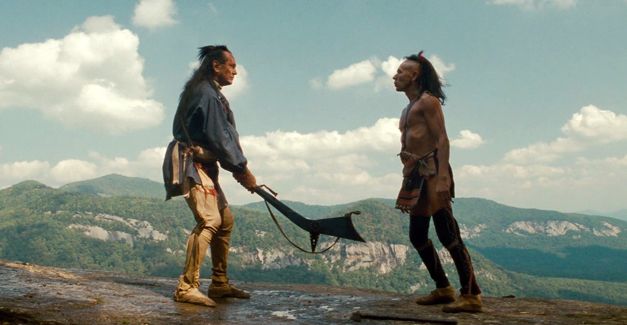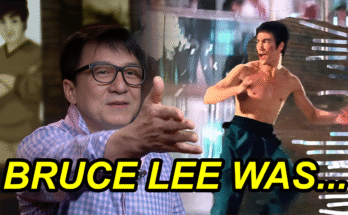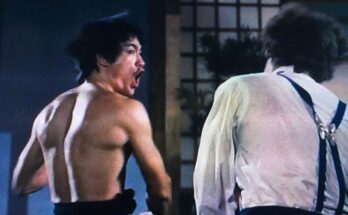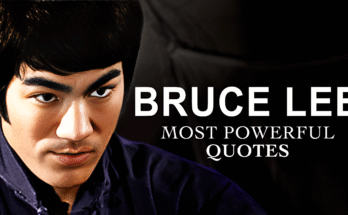Over three decades since its original release, The Last of the Mohicans (1992) remains a towering achievement in historical drama and action filmmaking. Directed by Michael Mann and starring the Oscar-winning Daniel Day-Lewis, the film continues to captivate audiences with its powerful storytelling, breathtaking cinematography, and unforgettable musical score.
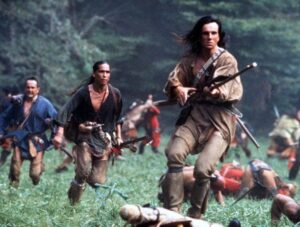
Set during the French and Indian War in the mid-18th century, the film is a loose adaptation of James Fenimore Cooper’s classic novel and follows Hawkeye (Daniel Day-Lewis), a white man adopted by the Mohican tribe. Caught between cultures and loyalties, Hawkeye fights to protect those he loves, including Cora Munro (Madeleine Stowe), the strong-willed daughter of a British colonel.
The final act of the film is especially praised for its emotional weight and cinematic brilliance. In one of the most haunting climaxes in modern cinema, the brutal realities of war and loss are laid bare. With stunning visuals of the Blue Ridge Mountains and an unforgettable score by Trevor Jones and Randy Edelman, the final scene delivers a near-wordless sequence of tragedy, revenge, and silent resilience. The death of Uncas (Eric Schweig), Alice’s despair, and the poetic justice delivered by Chingachgook (Russell Means) underscore the film’s theme of a vanishing culture and the end of an era.
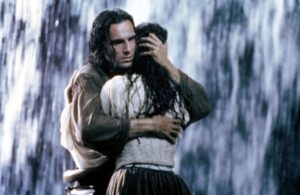
Critically acclaimed for both its emotional depth and technical precision, The Last of the Mohicans won the Academy Award for Best Sound and remains a favorite among fans of historical epics. Daniel Day-Lewis’s intense preparation for the role—including living off the land and learning to reload a musket while running—is still considered a benchmark of method acting dedication.
As viewers continue to rediscover the film on streaming platforms and special anniversary screenings, The Last of the Mohicans is widely regarded not just as a period piece, but as a timeless cinematic experience that blends romance, history, and human drama in a way few films have matched.
